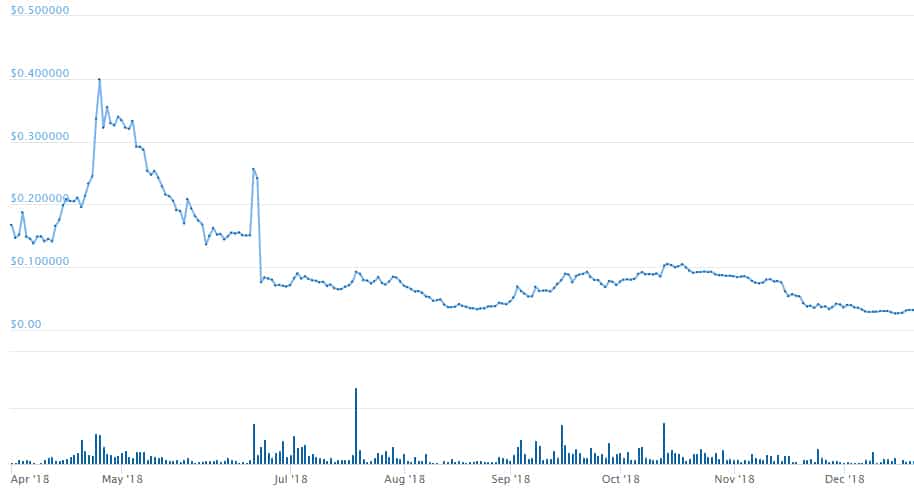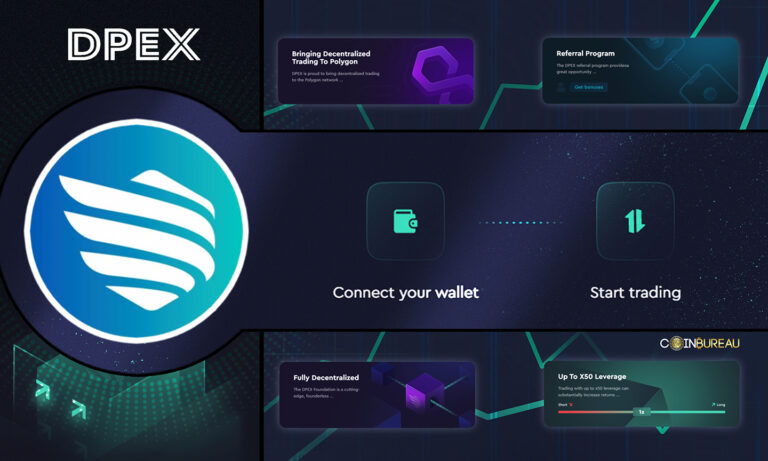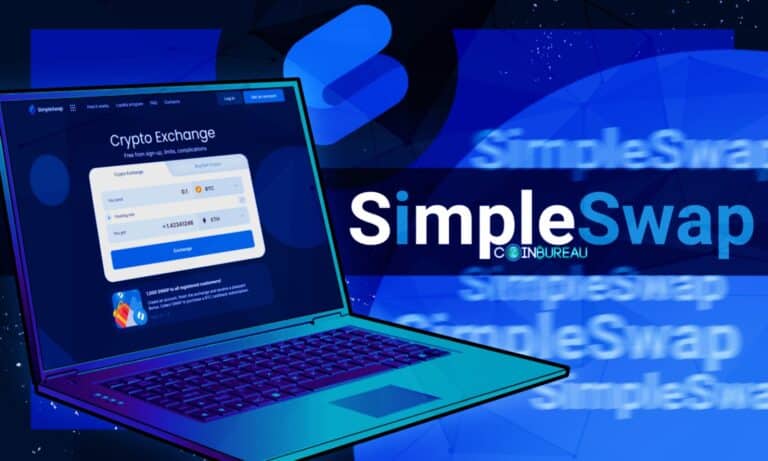BitTube is a decentralized blockchain project that aims to replace YouTube with its ad-free cryptocurrency powered video platform.
They are trying to give users an alternative that is censorship resistant and is not controlled by one large centralised organisation. BitTube was developed in order to give content creators a stake in the network that they were contributing to.
Ambitious indeed, but does BitTube have what it takes?
In this review of BitTube, we will take a deep-dive on the project and the impact that it is likely to have. We will analyse the technology, team members, pros / cons as well as the long term prospects for the TUBE tokens.
Page Contents 👉
What is BitTube?
The BitTube platform is designed to give video content publishers an outlet for their videos that is free from censorship. It also does away with centralized storage, and aims to remove the need for advertising to generate revenue.

BitTube Platform UI
Instead, content producers will receive payment simply for producing and uploading videos. Viewers can also receive payment for viewing videos. The payments will be made in the native currency of the BitTube platform, known as the BitTube Coin (TUBE).
To get an even greater in depth look at the technology being used for BitTube and its goals you can have a look at the projects whitepaper.
Decentralized BitTube Platform
Decentralization is at the heart of the BitTube platform, making it a front-runner for the title of the “Bitcoin YouTube”. One of the keys to the decentralization of the platform is that storage of video files is handled by the Interplanetary File System (IPFS).
This IPFS is a peer-to-peer hypermedia protocol that is a replacement for HTML and is working to decentralize the web. The major benefit realized by the IPFS protocol is the removal of user data from the hands of centralized storage companies, and the return of control to users and content creators.

Persistent Storage on BitTube with Distributed network. Via Whitepaper
With IPFS there are no centralized servers storing data. Instead all of the data is transferred to a decentralized global server network. The safety of the data is guaranteed through a hashing mechanism, and efficiency is maximized through an algorithm that reduces the transfer of data and avoids duplicate data. One way this is accomplished is by the network always seeking the nearest and fastest data source.
BitTube in the Browser
The BitTube application lives completely in the web browser, so users don’t need to download and install any special software to view content uploaded to BitTube. It’s also possible to identify any video on the network with a hash, allowing it to also be viewed.
Live video is also a possibility, but the creators of the live videos do need to install the BitTube Sender application that allows them to share their screen. The application will deliver live broadcasts directly through the IPFS peer-to-peer network, and avoids the need for a centralized data center by uploading data directly to the BitTube network.
Payments for Content Viewers
In addition to content creators getting paid, the economic model of BitTube also provides payments for content viewers. This happens as viewers mine TUBE while viewing videos. Those coins get divided between the content creator, the content user, and the BitTube project.

Payment Distribution in BitTube Ecosystem
Because content owners can get paid from the very first view of their videos, it isn’t necessary to have huge subscriber counts to earn TUBE rewards. Content owners receive 70% of the rewards created by mining, while viewers get 20% and the BitTube project receives 10% to help with development costs. This model allows users from low income areas to make a potentially substantial income stream simply by watching videos.
BitTube Transparency and Anonymity
BitTube provides complete transparency through the blockchain explorer which shows all the transactions that have ever been made on the blockchain. You can see the exact distribution of rewards, which will let you know which videos and which viewers have created rewards.
BitTube also provides anonymity to all its users, as you would expect from a blockchain platform. There is no personally identifiable information collected from any users or stored for any reason.
The BitTube Team
BitTube is a fairly new platform, having been launched by Saber Maram in December 2017. Saber is also the current CEO of BitTube, and the headquarters of the project are in the Santa Cruz de Tenerife area of Spain, which is in the Canary Islands. Saber has 15 years of experience as an entrepreneur, both founding and leading various companies prior to launching BitTube.

Some Members of the BitTube Team
The team consists of roughly two dozen individuals, and this includes consultants and advisors in addition to developers and marketing focus staff.
TUBE Technical Details
The BitTube platform was created using the C++ programming language, and the Monero codebase was used as a template for the project. This means that TUBE was initially based on the CryptoNight proof-of-work consensus algorithm, which made it fully ASIC-resistant.
Because ASIC miners were created for the CryptoNight algorithm in early 2018, BitTube forked on July 2, 2018 and switched to the CN Saber algorithm, allowing it to remain free of ASIC mining. That means home miners are still able to mine TUBE coins with their computer GPU.

BitTube Protocol Specifics
As you might have guessed from the Monero beginnings, TUBE is a privacy-centric coin. BitTube was using The CryptoNight algorithm to ensure true privacy through cryptography and egalitarianism.
BitTube has provided a clear-cut and easy to read guide to mining here, so that anyone can take advantage of mining the TUBE cryptocurrency. As ASIC rigs take over more and more algorithms it’s good to have ASIC-resistant alternatives such as TUBE.
TUBE is also somewhat unique in cryptocurrencies as there was no ICO for the project, and no pre-mine to fill the company’s coffers and developers bank accounts. BitTube has capped the number of mineable TUBE coins at 1 billion coins. And mining can be accomplished as simply as viewing videos.
As a decentralized video service, BitTube has plans to create a voting system within the platform to fully engage the user community in the decision making process surrounding future development of the platform. In addition, Baseline Improvement Proposals (BIPs) will be used to determine possible fork paths of the coin, as well as decisions concerning the coin reserve.
TUBE Price History
The BitTube Coin (TUBE) is currently ranked number 429 on Coingecko.com with a price of $0.037 and a market capitalization of $9,637,465 and a total supply of 99,120,263 TUBE. TUBE also began at a release price of $0.10 in December 2017, so the price remains unchanged from the initial launch, and given the extremely weak market for cryptocurrencies throughout 2018 this is pretty encouraging. Very few coins are unchanged since last December, most are in fact quite a bit lower.
We do need to remember that TUBE is actually a utility token, used to provide an economic incentive for users to upload and view videos on the BitTube platform. This means price action should be different from securities tokens, which often see far more volatility, both up and down. This could give TUBE a nice steady advance higher once the cryptocurrency markets fully recover.
If you’re interested in acquiring TUBE coins, the major exchange for trading TUBE currently is Bittrex. There is also a moderate amount of volume on the Upbit and TradeOgre exchanges.
Where to Store TUBE
Because BitTube is its own separate blockchain the TUBE coin is native to the platform, not an ERC-20 token like so many other platforms these days. That means BitTube has its own proprietary wallet solutions for storing TUBE. There are actually several options, the easiest of which is to simply leave your TUBE coins in the online wallet connected to your BitTube account.
There’s also a dedicated desktop wallet that can be downloaded and installed, and it has the added benefit of allowing you to mine directly from the wallet. And for Apple users there’s a mobile app that can be downloaded from the Apple app store.
Conclusion
BitTube is off to a strong start as a decentralized video service, and if it can meet its future goals of bringing in videos from professional recording artists, adding copyright protections, releasing a debit card for spending TUBEs, and other premium content features it will easily maintain its lead on other decentralized video hosting platforms, not to mention begin to catch-up to the established centralized companies such as YouTube and Vimeo.
The BitTube team has made great progress in less than a year, which is very encouraging for the future of the project. The coin price has also held up well in the face of a broad bear market in cryptocurrencies.
While it seems hard to believe at this point, the coming years could see BitTube taking over as the leading video delivery platform, eclipsing even YouTube. And wouldn’t that be amazing.
Featured Image via Fotolia















